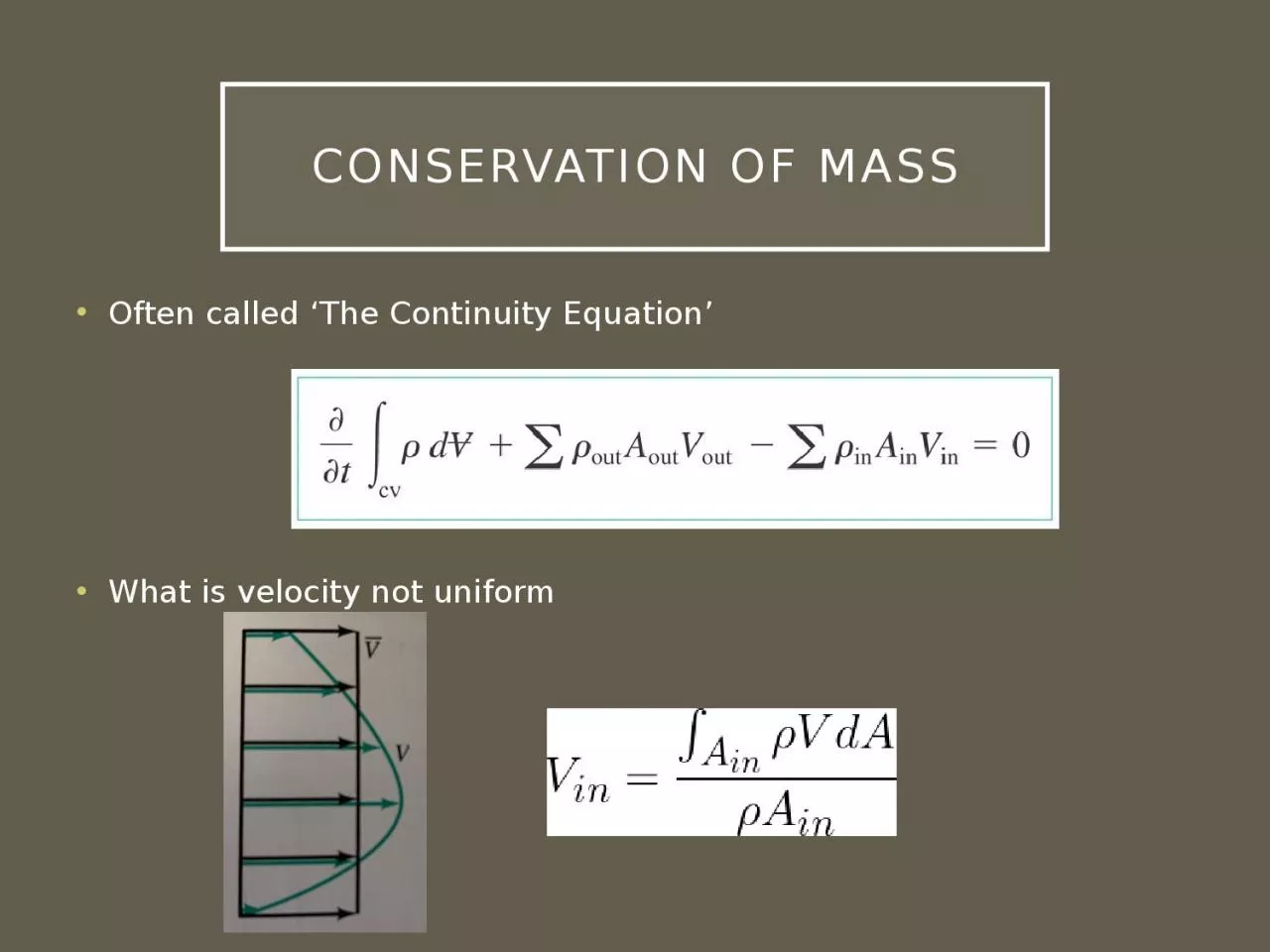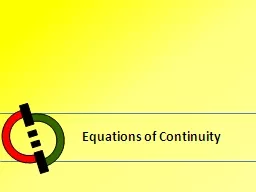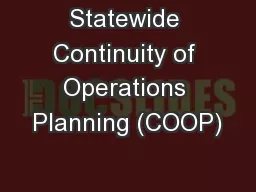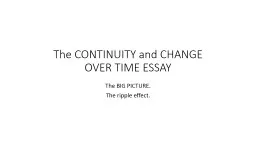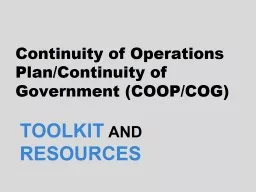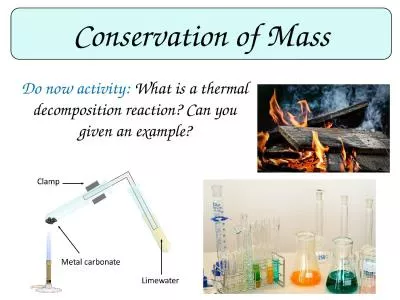PPT-Conservation of Mass Often called ‘The Continuity Equation’
Author : faith | Published Date : 2023-10-04
What is velocity not uniform Conservation of Linear Momentum General Case Fma Steady State Moment of Momentum Torque Power Work per Unit Mass Application from textbook
Presentation Embed Code
Download Presentation
Download Presentation The PPT/PDF document "Conservation of Mass Often called ‘The..." is the property of its rightful owner. Permission is granted to download and print the materials on this website for personal, non-commercial use only, and to display it on your personal computer provided you do not modify the materials and that you retain all copyright notices contained in the materials. By downloading content from our website, you accept the terms of this agreement.
Conservation of Mass Often called ‘The Continuity Equation’: Transcript
Download Rules Of Document
"Conservation of Mass Often called ‘The Continuity Equation’"The content belongs to its owner. You may download and print it for personal use, without modification, and keep all copyright notices. By downloading, you agree to these terms.
Related Documents

